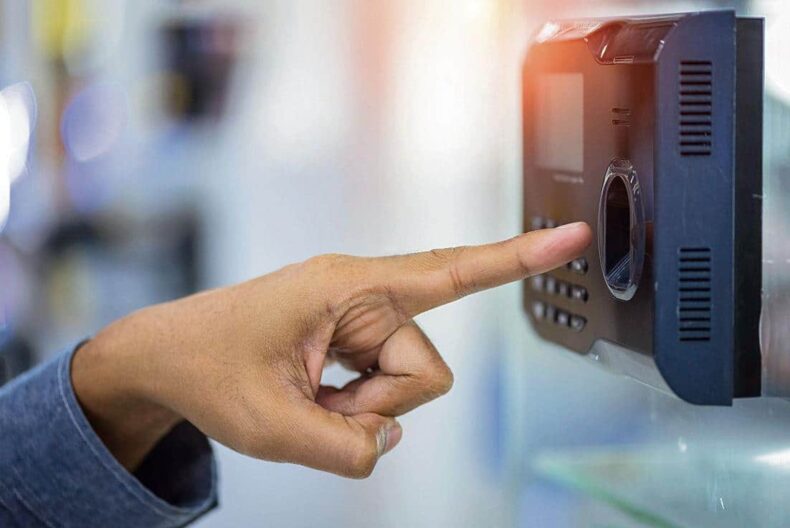
The State government directed all departments, boards, corporations and universities to start biometric attendance by following the order of the Himachal Pradesh High Court.
The state government of Himachal directed all the departments, boards, corporations and universities to start biometric attendance in view of the High Court directives.
Deputy Secretary (Personnel) Balbir Singh issues a letter to all Administrative Secretaries, heads of departments, all divisional commissioners, Deputy Commissioners and Managing Directors of all boards and corporations to start biometric attendance. He asked all the officials to ensure that attendance of all the employees is marked by way of biometric instantly on a day to day basis. The order also mentioned that there should be no variations from these orders.
Biometric attendance
A person who works on a job gets paid for the amount of time that they spend doing the job. It is important to track the amount of time spent by any employee working on a job. This require to keep track of the working hours of employees gave rise to maintaining attendance records. The late 1800s saw the emergence of the time clock which kept track of when a factory worker entered the premises and when they left.
Eventually, electric time clocks replaced the original mechanical time clocks. However, these were subject to failure and required frequent repair. This paved the way for the emergence of time clock software (in the 1990s) and businesses started moving away from mechanical devices.
With the growth in sophistication of computing systems, time clock software has also evolved into complex packages such as biometric attendance systems that could take care of problems such as proxy attendance marking when one person logs in data instead of the original.
In commonly used biometric time and attendance systems, a fingerprint scan of an individual becomes the unique code of entry into or exit from the workplace. Biometric scans of irises (obtained by scanning the eye), faces, typing cadence, voices, etc., are also used to create unique patterns for individuals that cannot be replicated in any manner whatsoever by another individual.
The use of biometric attendance systems thus reduces the chances for any kind of malpractice such as proxy entry virtually to zero. This is because the biometric details of the fingerprints of one individual will not match with that of any other person.
Order of High Court in regards of biometric
A division bench comprising justice Tarlok Singh Chauhan, and justice Virender Singh, passed following order on an execution petition wherein attendance an official/officer from the office of the directorate of higher education, Shimla, was required, but they did not reach before the court though it was 10.05am.
The high court while observing that the Himachal Pradesh government appears to be under slumber as it has still not revoked the suspension of the biometric attendance, On Wednesday high court directed the state chief secretary to issue necessary directions to all the departments, boards and corporations of the state government that henceforward, attendance of all the officers/officials, employed therein, by way of biometrics, is made operational.
The court took serious note of the matter and observed that the Central government, after reviewing Covid-19 situation, had issued instructions for the resumption of biometric attendance in all its ministries.
The court also observed that many of the State governments have made it mandatory for their employees to mark their attendance through the biometrics system but the Himachal Pradesh government has not ensured it so far. Government officials become more in-disciplined day by day to overcome this problem the court issues such direction.The matter has been listed on November 22 for compliance.













